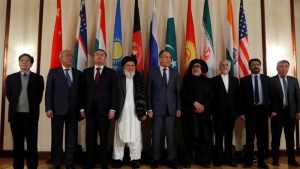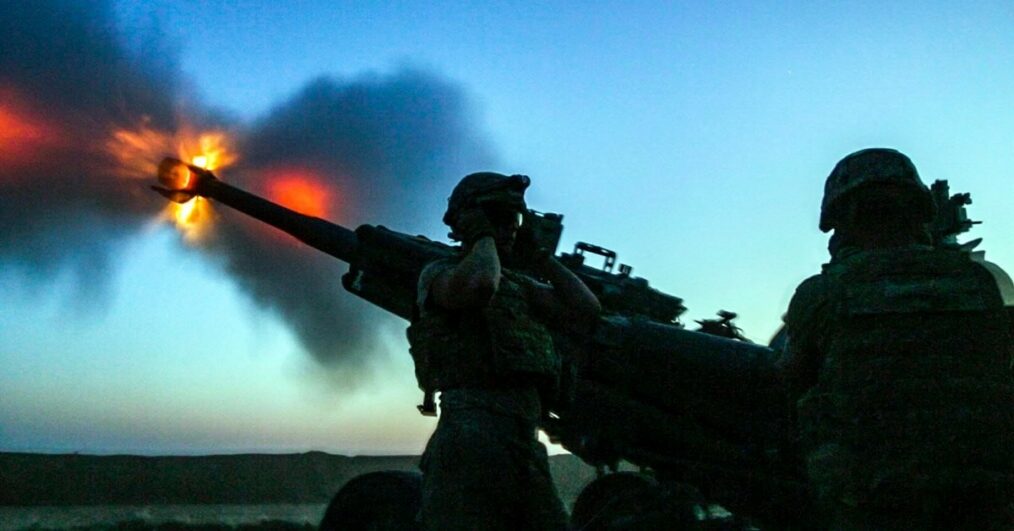On February 14th, a suicide bomb killed over forty Central Reserve Police Force (CRPF) personnel. The group responsible, Jaish-e-Mohammed (JeM), claimed responsibility. JeM is a militant organization based in Pakistan, who are fighting for the Muslim-majority of Kashmir to be part of Pakistan. The bomb struck a convoy of vehicles carrying 2,500 Indian security personnel on the Jammu-Srinagar National High way in southern Kashmir. Indian officials allege there is direct evidence that Pakistan was involved in coordinating the attack. Indian military officials blame Pakistan’s Inter-Services Intelligence (ISI) of coordinating the attack. According to CNN, Finance Minister Arun Jaitley said that India would take “all possible diplomatic steps” to “ensue complete isolation from the international community of Pakistan.”[1] One of the Indian efforts to downgrade diplomatic efforts includes revoking Pakistan’s Most Favored Nation status. Pakistan’s Ministry of Foreign Affairs responded, claiming that the government condemns acts of violence, denying any association with the attack.
This attack is part of the broader, historical conflict between India and Pakistan. Since Indian independence in 1947, Kashmir has remained disputed territory between both countries. Separatist violence in the region has killed over 47,000 people. The Indian accusation of Pakistani influence in the attack risks further escalating tensions along the border. Pakistan demands proof or evidence of the accusations, which have not been presented thus far by Indian officials.[2]
A diplomatic solution to the rising tensions between India and Pakistan is integral to mitigate spiraling tensions. Indian and Pakistan have previously fought two wars, and another limited conflict could risk nuclear conflict as both countries posses nuclear weapons. However, political relations between Pakistan and Indian have been stalled for over three years. Previous peace attempts have failed, as days after Mr. Modi, the Prime Minister of India, and Mr. Sharif, the previous Prime Minter of Pakistan, met to intimate peace agreements, six soldiers were killed in an attack on an Indian air force base on Pathankot.[3] Even under new leadership with Imran Khan, the new Prime Minister of Pakistan, peace initiatives remain gridlocked.
An important step in deescalating tensions is to improve bilateral relations and communications. Both countries should rely on diplomatic channels rather than military confrontation. So far India has relied solely on retaliation through economic and diplomatic means, including recalling their top diplomats. But these actions could further provoke Pakistan, especially following their promise to retaliate to any Indian attacks or confrontations. Additionally, further investigation into the JeM attack should be done by both countries to determine if there is any evidentiary basis for ISI’s role in the attack. Until evidence is presented on the support for and cause of the recent attack, claims by Indian authorities of Pakistani involvement risk ratcheting up hostilities.
[1] Kashmir attack: India says Pakistan had ‘direct hand’ in deadly convoy strike (2019, February 15th) Retrieved February 19th from https://www-m.cnn.com/2019/02/15/asia/kashmir-attack-india-pakistan-intl/index.html?r=https%3A%2F%2Fwww.google.com%2F.
[2] India demands Pakistan take ‘credible action’ over Kashmir attack (2019, February 19th). Retrieved February 19th from https://www.aljazeera.com/news/2019/02/india-allegations-pakistan-evidence-khan-190219082756101.html.
[3] Pulwama attack: What are Modi’s options? (2019, February 19th). Retrieved February 19th from https://www.bbc.com/news/world-asia-india-47278145.





